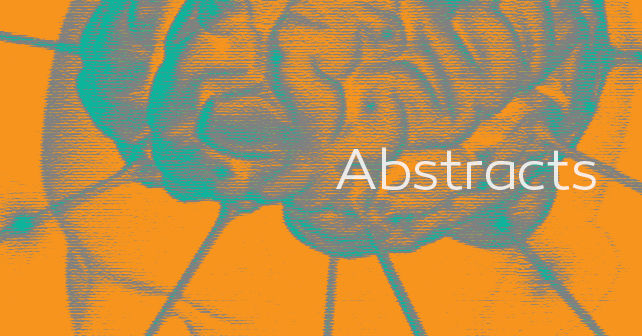Advances and challenges in neurostimulation for headaches
Publication year: 2012
Source:The Lancet Neurology, Volume 11, Issue 8
Delphine Magis, Jean Schoenen
Many people who suffer from primary headache (ie, headache without an identifiable cause) are resistant or intolerant to available drugs. During the past decade, central and peripheral neurostimulation procedures have been investigated in such individuals—up to now, about 1200 worldwide. Techniques used range from invasive methods such as deep brain stimulation of the posterior hypothalamus, to minimally invasive percutaneous electrode implantation used in occipital nerve stimulation, or non-invasive methods such as transcranial magnetic stimulation. Although some of these procedures have been studied extensively, sham-controlled trials are sparse and the precise mode of action of such stimulation remains largely unknown. Nonetheless, occipital nerve stimulation and deep brain stimulation of the posterior hypothalamus seem to be effective in people with chronic cluster headache, and occipital nerve stimulation is promising in chronic migraine. Trial data for other techniques are scarce, but external and minimally invasive approaches should be privileged in future studies.
Source:The Lancet Neurology, Volume 11, Issue 8
Delphine Magis, Jean Schoenen
Many people who suffer from primary headache (ie, headache without an identifiable cause) are resistant or intolerant to available drugs. During the past decade, central and peripheral neurostimulation procedures have been investigated in such individuals—up to now, about 1200 worldwide. Techniques used range from invasive methods such as deep brain stimulation of the posterior hypothalamus, to minimally invasive percutaneous electrode implantation used in occipital nerve stimulation, or non-invasive methods such as transcranial magnetic stimulation. Although some of these procedures have been studied extensively, sham-controlled trials are sparse and the precise mode of action of such stimulation remains largely unknown. Nonetheless, occipital nerve stimulation and deep brain stimulation of the posterior hypothalamus seem to be effective in people with chronic cluster headache, and occipital nerve stimulation is promising in chronic migraine. Trial data for other techniques are scarce, but external and minimally invasive approaches should be privileged in future studies.


